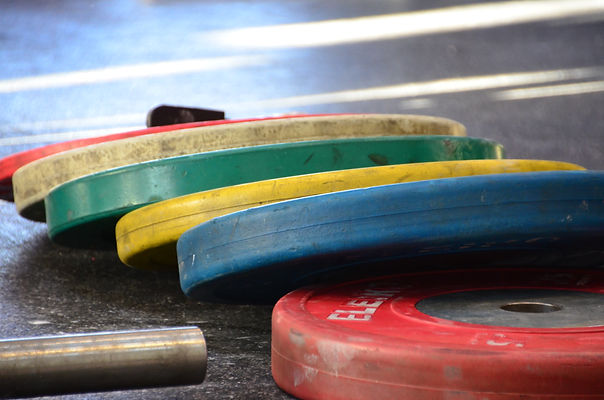Flexibility and Mobility the Same Right? WRONG!
- Dave McDowell
- Nov 9, 2015
- 3 min read
There is a lot more involved with personal fitness than just being strong or being able to run for long distances. Your flexibility and mobility are important characteristics to work on in order for you to achieve your other fitness goals. For instance, if you are not able to get into the proper position to squat then you will have a hard time improving your strength.

While “flexibility” and “mobility” are often use interchangeably in reality they are different concepts. Each of these can specifically have an impact on your fitness. I have heard many different distinctions between the two, however the most simple distinction I have ever heard comes from Tony Gentilcore.
Mobility – How a joint moves
Flexibility – Length of muscles
Mobility is an overarching concept that covers a wide range of criteria that can have an affect on the range of motion of a joint. This includes the flexibility or length of the muscle. It would be difficult to have full mobility of a joint if there was a length issue in the muscle that prevented you from obtaining it.
However mobility also covers a variety of other different factors as well including: having adequate strength, soft tissue quality, the interaction of other joints. Therefore having muscles that are long enough to obtain a range of motion is only part of the battle in having good mobility. You still possess these other factors in order to have mobility.
Why does this matter? Both mobility and flexibility have an effect on your daily life outside of the gym. Consider this, if there is an underlying mobility problem then this affects how you will move. A consistent altered movement pattern can put undue stress on muscles, joints, and other tissues which eventually may lead to injury. This is especially true in people who perform repetitive movements on a daily basis since the amount of time they are subjected to this altered strategy is much higher.
This can also have an impact on performance as well. You can be as big and powerful as you want but if you have an altered movement pattern that prevents you from expressing it then it will not matter. For an analogy think of a sports care with a broken front axle that causes the front tires to point towards each other. No matter how hard you hit the gas on that car it will not be going anywhere fast. This can be similar to an athlete with an altered movement pattern.
Some of the common areas that have restrictions include the hips, shoulders, knees and upper back. If you have ever experienced any restriction or pain in these areas here are some thoughts for how to gain some relief.
Foam Rolling: This acts as a self-massage technique that some think may help to release tight or injured muscles. Others argue that it may only numb the pain receptors allowing for the body to regain range of motion that has been restricted because of pain. Either way for some foam rolling before and after activity helps them feel better, and for those people it should be practiced.
Mobility Drills: Mobility drills are geared specifically towards gaining range of motion at a specific joint or set of joints. They are exercises and movements that help the body to restore this range of motion. A quick YouTube search of your joint in question will yield 100s if not 1000s of results for your specific area.
Stretching: Stretching isn’t always the best answer. Some people are naturally flexible and would be better off spending more time strengthening their joints through a full range of mobility in order to obtain new mobility. That being said, if tissue length is limiting you then spending some time stretching can help to restore lost mobility.








Comments